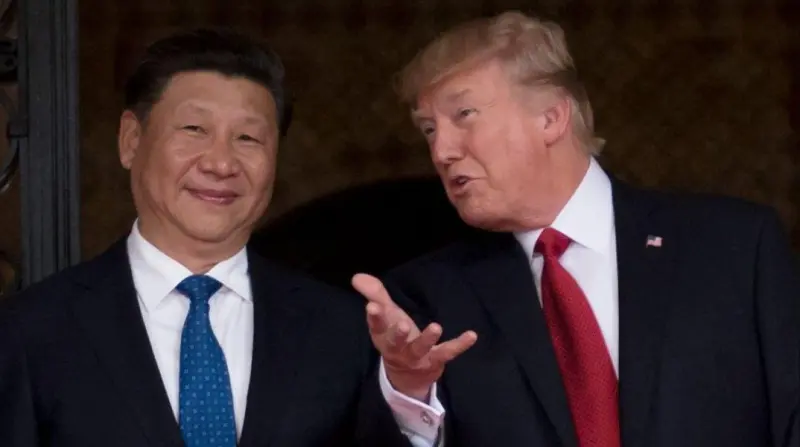
Beijing, January 29, 2025 – China’s trade surplus has surged past the $1 trillion mark, setting a new record despite ongoing economic tensions with the United States. This milestone underscores China’s resilience in global trade, even as Washington ramps up efforts to counter Beijing’s economic influence.
Key Drivers of the Surplus
China’s export-driven economy has continued to thrive, fueled by strong global demand for manufactured goods, strategic supply chain shifts, and Beijing’s policy support for high-tech industries. Several key factors contributed to this record-breaking surplus:
- Booming Exports: Demand for Chinese goods, particularly electronics, electric vehicles, and green energy products, has remained robust.
- Supply Chain Adaptation: Chinese manufacturers have diversified trade routes and production strategies to mitigate the impact of US trade restrictions.
- Weakened Yuan: A relatively weaker yuan has made Chinese exports more competitive on the global stage.
- Expanding Trade Partnerships: China has strengthened economic ties with emerging markets, including those in Southeast Asia and Africa, reducing dependence on Western markets.
US-China Trade Tensions
The trade surplus surge comes amid heightened US efforts to curb China’s economic expansion. Washington has intensified tariffs, tightened restrictions on technology exports, and encouraged domestic reshoring efforts. The Biden administration has also sought closer trade alliances with allies to counter Beijing’s dominance in key industries.
Despite these measures, China’s trade resilience remains evident. Beijing has responded by bolstering domestic consumption, expanding into alternative markets, and investing heavily in advanced manufacturing and AI-driven industries.
Global Economic Implications
The sharp rise in China’s trade surplus has broad implications for the global economy:
- US Trade Deficit Concerns: The widening US-China trade gap may further strain diplomatic relations and fuel calls for stricter trade policies in Washington.
- Inflationary Pressures: The influx of Chinese goods at competitive prices may help temper inflation in import-heavy economies, including the US and Europe.
- Geopolitical Shifts: As China solidifies its economic influence, Western nations may seek to accelerate decoupling efforts, potentially fragmenting global trade dynamics.
What’s Next?
While China’s record trade surplus is a testament to its economic strength, ongoing geopolitical tensions and potential global economic slowdowns pose risks. Experts suggest that Beijing will continue focusing on technological self-sufficiency and expanding its economic influence to sustain growth.
With Washington and Beijing locked in an economic faceoff, the world will closely watch how trade policies evolve and their broader impact on global markets in 2025 and beyond.




